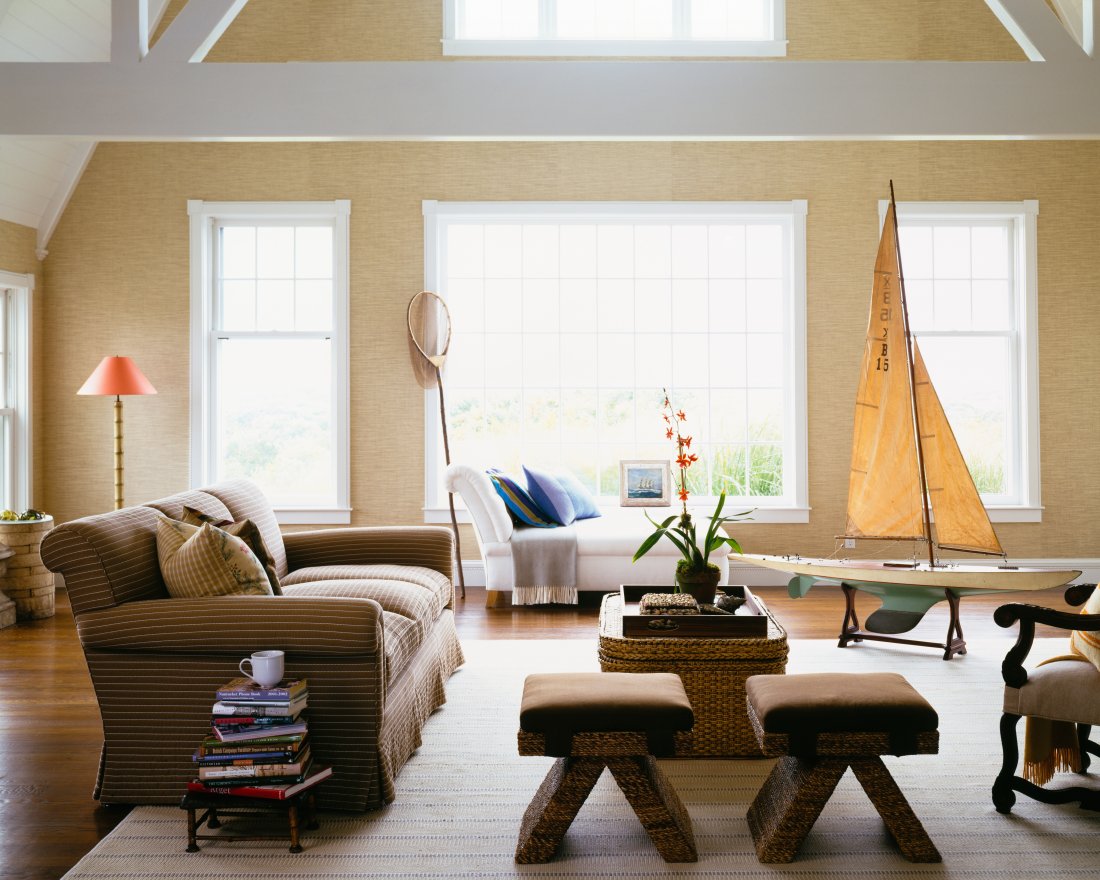The job routine for every homeowners or property investors must be home maintenance, it is not only can maintain their property in good condition as well as earn the passive income from it. Besides, other than home maintenance, they will also need to think about how to add value to their property in order to increase the rents and get higher investment to pay off.
It is no wrong for planing of home improvement, but you have to make sure that you’ve invest in correct thing which is able to increase your house value. However, do you really know which things can help to increase the value of your home and which is actually don’t. Here are the things that you need to consider first before you put it in your plan;
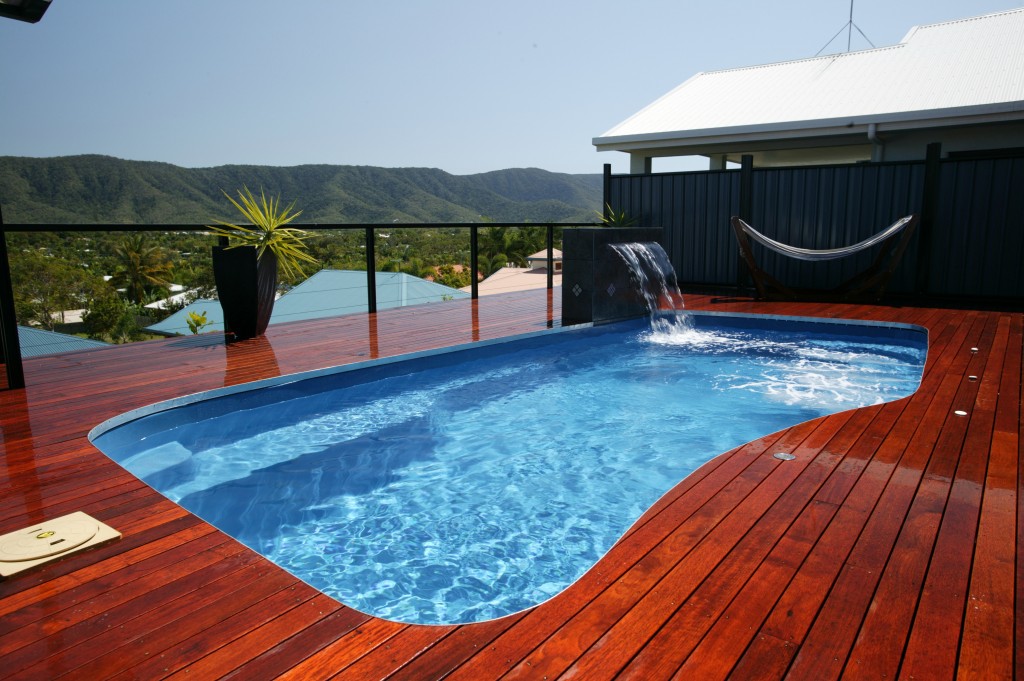
1. Swimming pools
Many potential homebuyers view swimming pools as dangerous, expensive to maintain and a lawsuit waiting to happen. Families with young children in particular may turn down an otherwise perfect house because of the pool (and the fear of a child going in the pool unsupervised). In fact, a would-be buyer’s offer may be contingent on the home seller dismantling an above ground pool or filling in an in-ground pool. An in-ground pool costs anywhere from $30,000 to more than $100,000, and additional yearly maintenance expenses are part of the package.
Yup, a swimming pool may seem like a great way to add value to you house. However, some of the buyers or tenants may rather save their money to choose other house that is no swimming pool. Besides, install a swimming pool in your property isn’t a cheap stuff and you’ll need to consider about yearly maintenance of the swimming pool which stated as above.

2. Overbuilding for the Neighborhood
While a large, expensive remodel – such as adding a second story with two bedrooms and a full bath – might make the home more appealing, it will not add significantly to the resale value if the house is in the midst of a neighborhood of small, one-story homes.
In general, homebuyers do not want to pay $250,000 for a house in a neighborhood with average sales prices of $150,000; the house will seem overpriced even if it is more desirable than the surrounding properties. The buyer will instead look to spend the $250,000 in a $250,000 neighborhood.
Good point, it is not necessary to expand or build another storey to your property. Unless this property is for your own stay, and maybe you are planning to build a home stay?
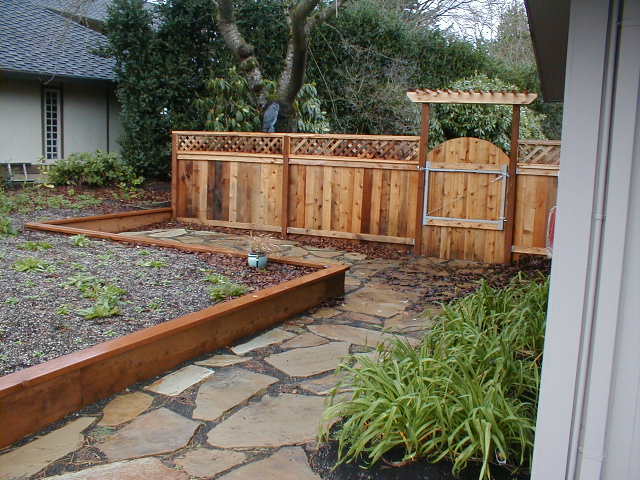
3. Extensive Landscaping
Homebuyers may appreciate well-maintained or mature landscaping, but don’t expect the home’s value to increase because of it. A beautiful yard may encourage potential buyers to take a closer look at the property, but will probably not add to the selling price.
If a buyer is unable or unwilling to put in the effort to maintain a garden, it will quickly become an eyesore, or the new homeowner might need to pay a qualified gardener to take charge.
So, like I said, unless this property is for your own stay, otherwise don’t ever think about it.
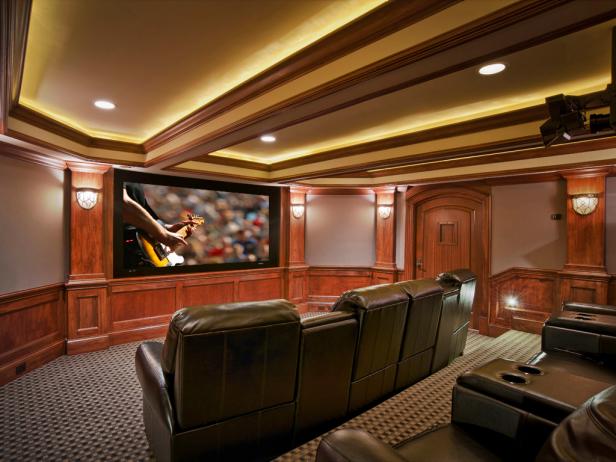
4. Inconsistent High-End Upgrades
Upgrades should be consistent to maintain a similar style and quality throughout the home. A home that has a beautifully remodeled, modern kitchen can be viewed as a work in progress if the bathrooms remain functionally obsolete. The remodel, therefore, might not fetch as high a return as if the rest of the home were brought up to the same level.
In addition, specific high-end features – such as media rooms with specialized audio, visual or gaming equipment – may be appealing to a few prospective buyers, but many potential homebuyers would not consider paying more for the home simply because of this additional feature.
In my opinion, remodel a kitchen or a house need to see the situation. For example, you’re bought a second-hand home, and there is no kitchen inside the house or the house is look very old. In order to rent out easily, you just have to do the simple kitchen remodel or simple house remodel (such as wall painting, flooring & etc). Like the above said, you’ll need to check the living style of the area.
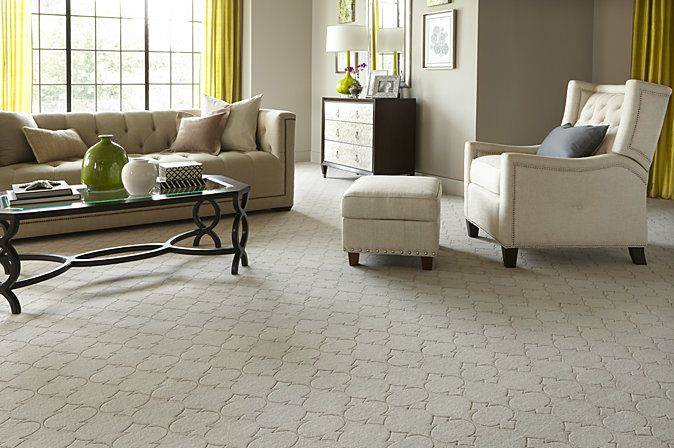
5. Wall-to-Wall Carpeting
While real estate listings may still feature “new carpeting throughout” as a selling point, potential homebuyers today may cringe at the idea of having wall-to-wall carpeting.Carpeting is expensive to purchase and install. In addition, there is growing concern over the healthfulness of carpeting due to the chemicals used in processing and its potential for trapping allergens (a serious concern for families with children). A USA Today survey found that 54% of home buyers were willing to pay more for a house with hardwood floors.
I personally like carpeting in my living place, but I would buy and install it by myself and would not choose the house that already had carpeting because its feel queasy.
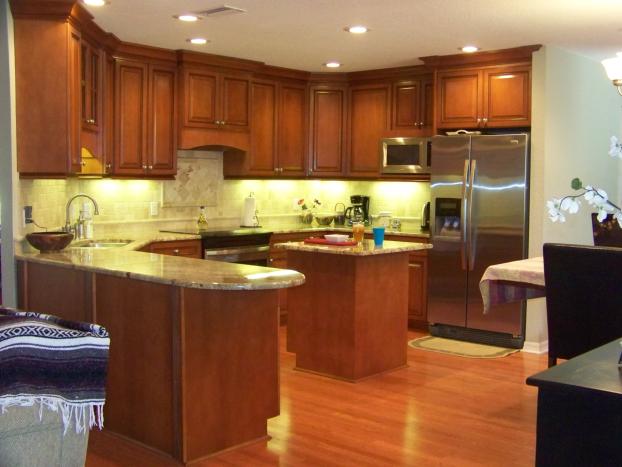
6. Invisible Improvements
Invisible improvements are those costly projects that you know make your house a better place to live in, but that nobody else would notice – or likely care about. A new plumbing system or HVAC unit (heating, venting and air conditioning) might be necessary, but don’t expect it to recover these costs when it comes time to sell. Many homebuyers expect these systems to be in good working order and will not pay extra just because you recently installed a new heater.
Just put these improvement in your property maintenance plan, don’t need to change the new one (not high-tech one) unless its already damaged.
So, after this, you may think what should you do to add value into your property? All you need to do is keep up with regular maintenance and repairs will do. If you take good care of your property, its selling price won’t let you down.
If you want to learn more about property investment, click the following link: PropertySeminar.com.my
How to use creative strategy to own a property in Malaysia? Click the following link to learn more: PropertyMillionaireIntensive.com
